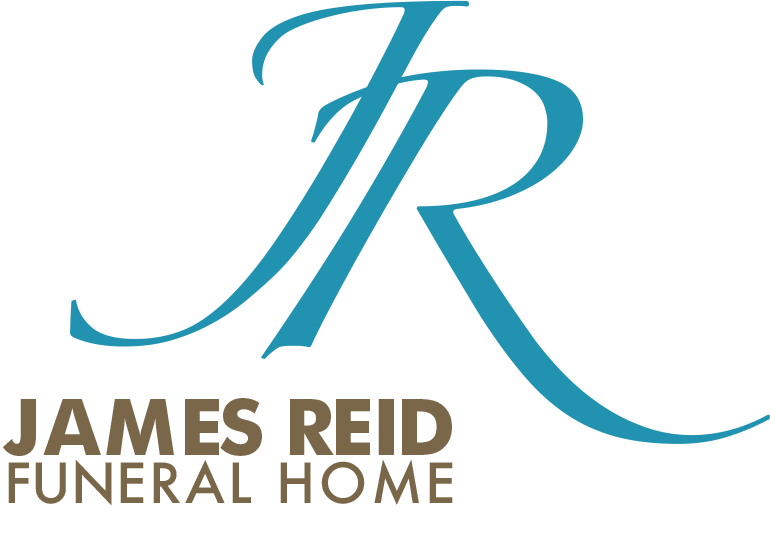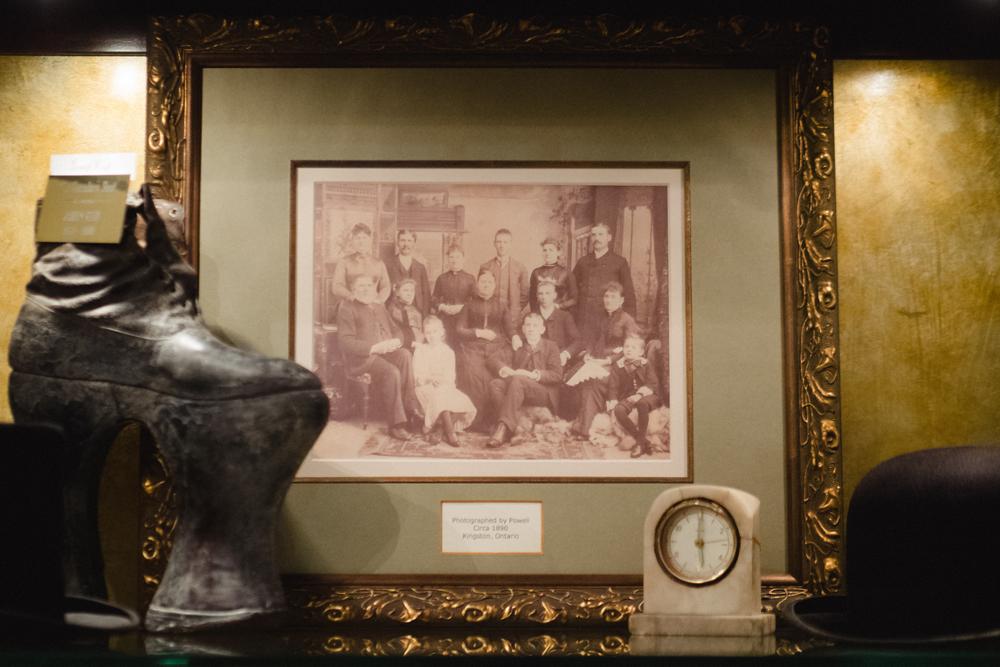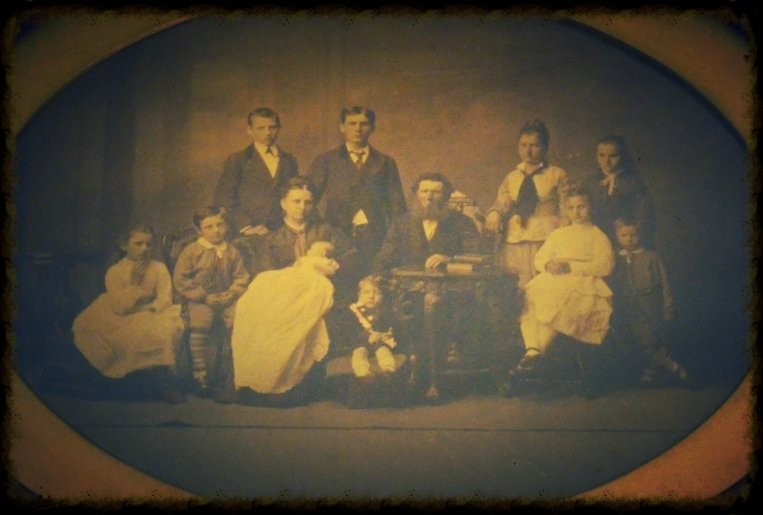The ships of 1829 were not the “coffin” ships of the later desperate trips made during the Potato Famine. Ships in 1829 were well supplied for, usually. Yet this was 187 years ago. Beds were made of straw. Weather whipped up without warning. Evidence “The Mary,” an 1831 sailing ship from Cork: the captain recorded that one man died from a fall, and six children died “from the want of proper attention being paid to them, their parents being sea sick. “
Baby James made his first international trip when he was two months old on a ship. Our first child made his first cross-border trip when he was two months old in a station wagon. Nothing to compare, we’d rightly say. Except that babies then and now need constant feeding, patting, changing, and soothing. Mother Mary was 43 when she had Baby James. Was she more tired than when Brother Sam was born? Was Baby James solace or burden to her in all the demands of packing up home in Ireland? Maybe on the ship she sang him ballads. Maybe. Sweetness is possible even in a story of great loss.
It is recorded that Baby James’ family met with tragedy. Father died. He was buried at sea. Mother Mary, Baby James, Sister Eliza and Brother Sam landed and made their way, with the Kelly’s, to Kingston.
Five years later, on August 13th, 1834, Mother Mary died of cholera at age 48. The dire fact was that five-year old James, Sister Eliza and Brother Sam were now orphans. They were taken in by the Patterson’s, also Irish, who lived at Clergy St. W and Division.
Later, the Pattersons and the orphans moved to the end of Gore Rd, the one off Hwy 15. Their house was and remains a long way back, in the country. Perhaps it was here that young James fell into a hole one day. Perhaps he was a clumsy teenager. Perhaps the field held potholes, or gopher holes. In any case, he tripped and broke his hip. One leg was permanently shorter than the other. A boot was made with a seven inch platform that he wore the rest of his life.
Sister Eliza married William Patterson, an ancestor of Brigadier General Bill Patterson, still living in Kingston. Brother Sam moved to the States. Young man James met Christiana Conklin. Her mother had also come from Killyleagh, County Down, perhaps a bit of home that James’ was drawn to? Her father was an upholsterer. We don’t know if James joined her father’s business or started his own. But we do know that Christiana encouraged James, in his twenties in 1854, to buy the tavern at 254-256 Princess Street. He converted it into a furniture shop and made the furniture and coffins on the second and third floors at the rear. They were married on September 2nd, 1856 in St Mark’s Anglican Church, Barriefield.
Christiana and James lived above the shop at the front and ate in the dining room in the basement. It’s now a musty basement with a dirt floor and rodent traps, barely tall enough for my ten year old to stand in.







